Mint
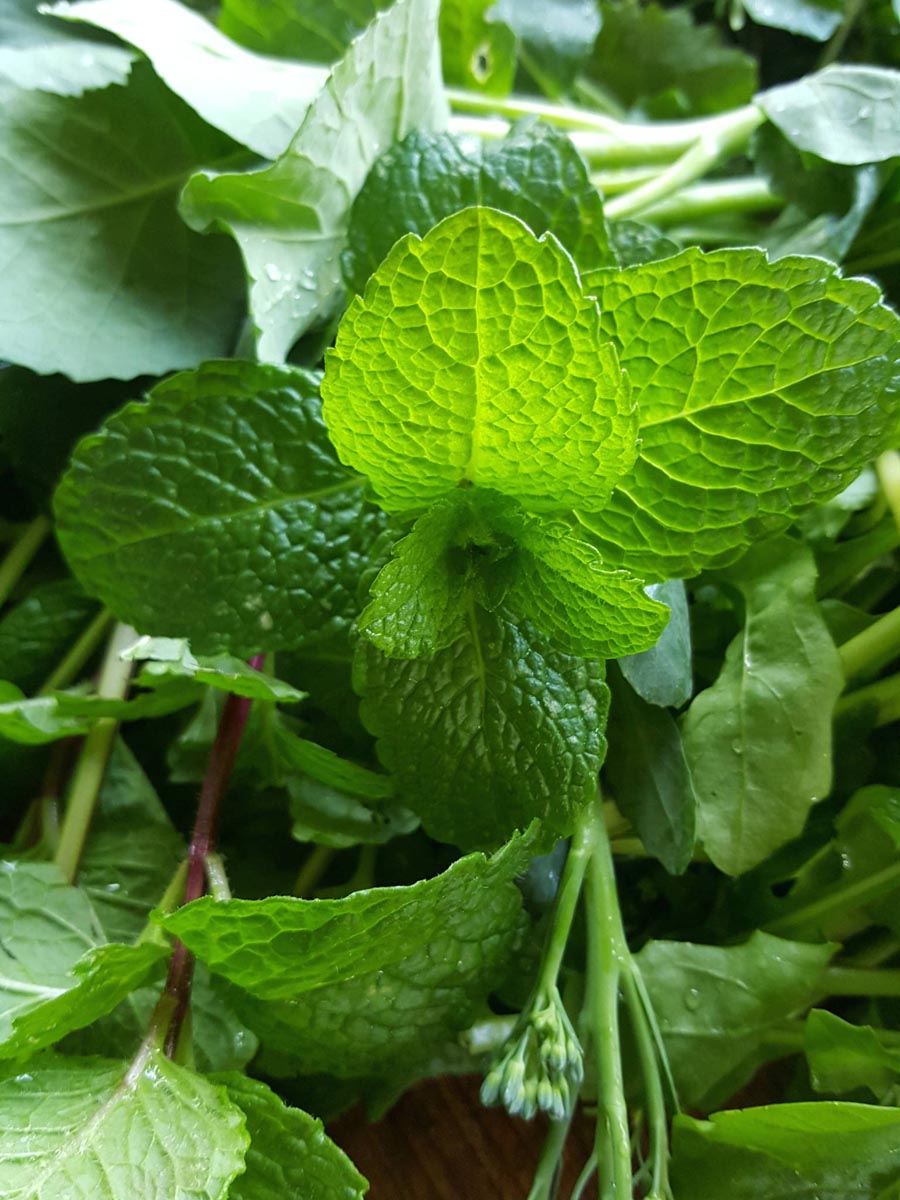
Fresh and clean, mint lifts any dish you add it to.

Fresh and clean, mint lifts any dish you add it to.
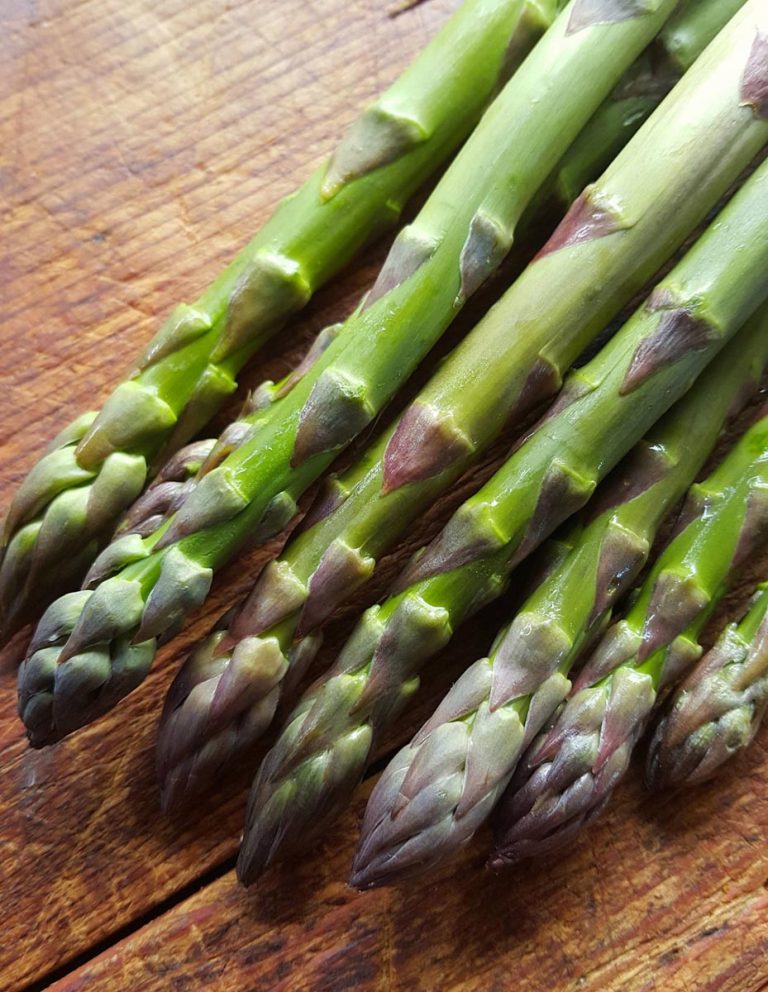
Just waiting for those big mounds of asparagus to appear in shops, then you know it’s fresh, plentiful and cheap!
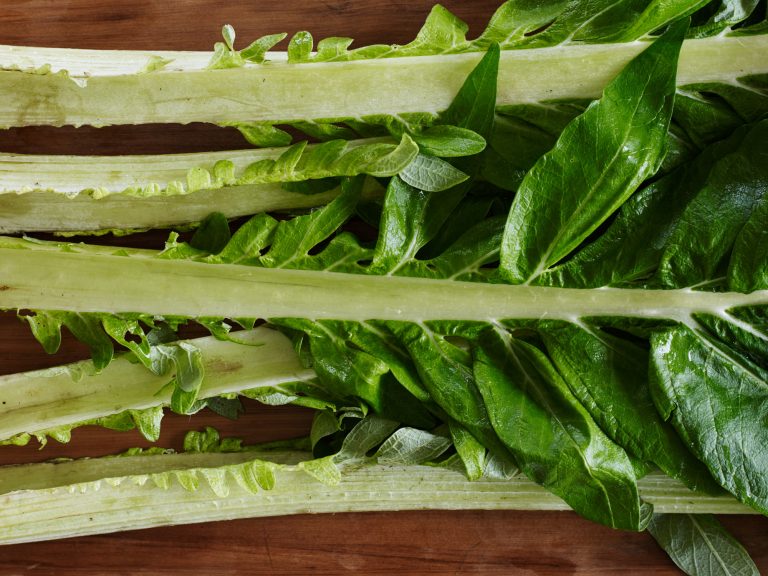
Cardoons may be new to you, but they’re an ancient vegetable. Looking like a tatty bundle of celery, the taste, I tell you, is pure artichoke.
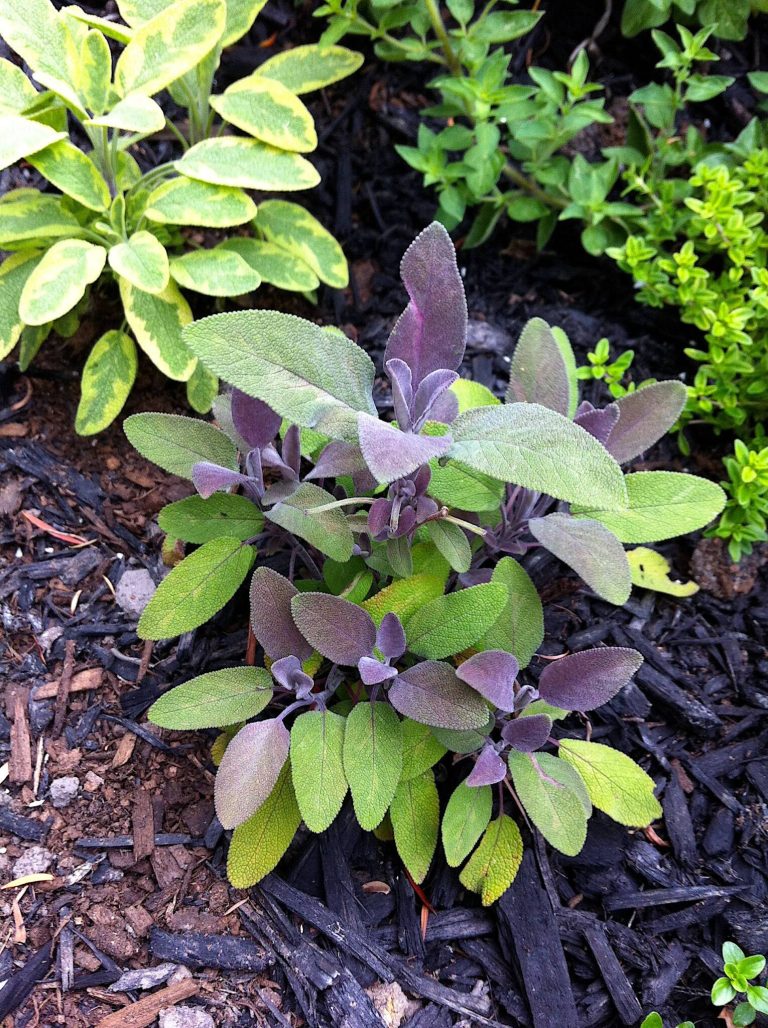
Fresh sage is strongly herbal, spicy and warming, and is most commonly associated with cooked dishes, especially meat, but just a little added to a salad of green beans can be a revelation.

The most important point with minced (ground) meat is to use it fresh. The extra handling and exposure to air makes it more vulnerable than fresh joints.
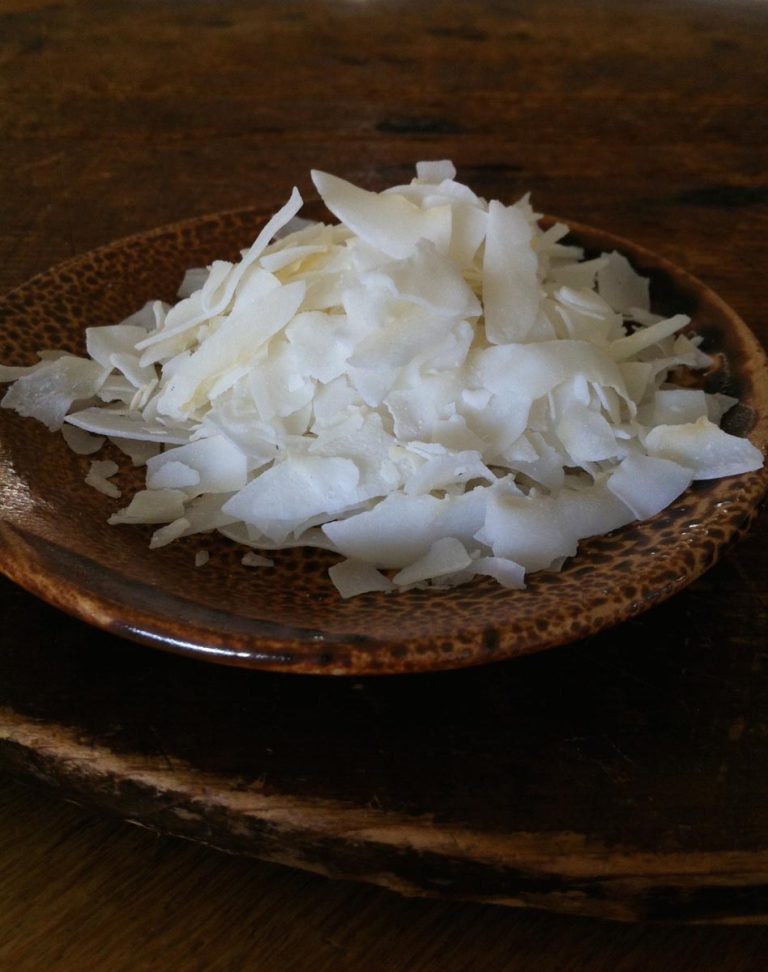
Rich, creamy and intensely coconutty. Here’s the low-down on all things coconut.
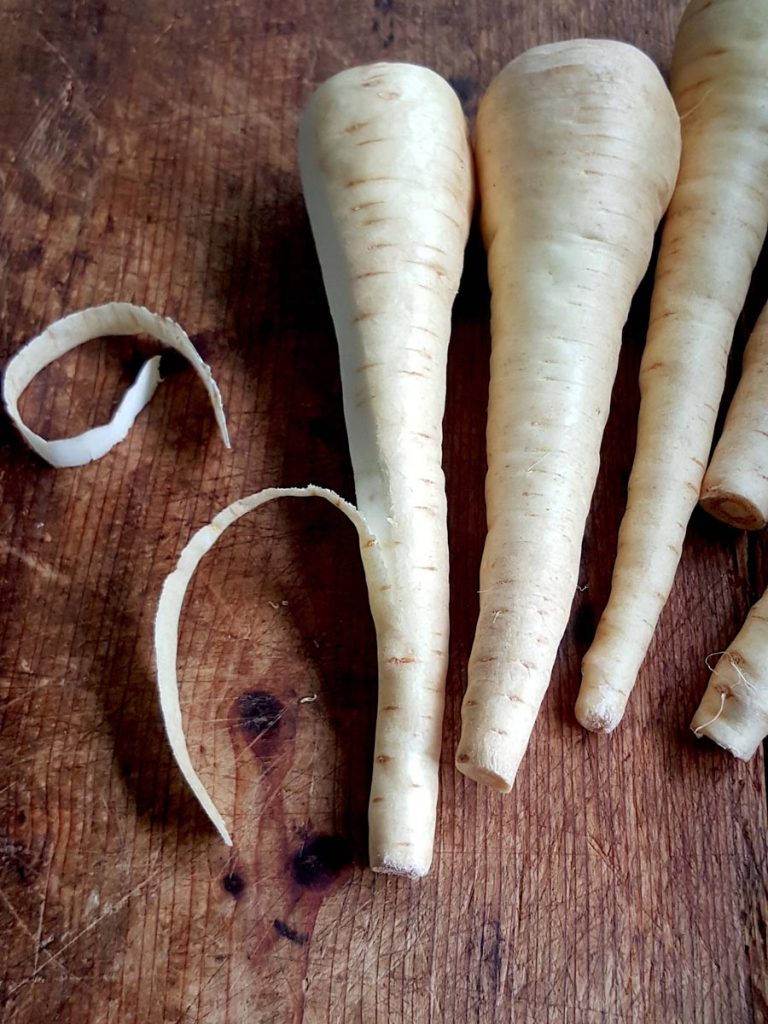
The best parsnips will have had an early morning shiver or two in frosty fields which sweetens them somewhat.
No products in the basket.
Welcome to the new Shared Kitchen experience! If you encounter any issues, please let us know. Dismiss